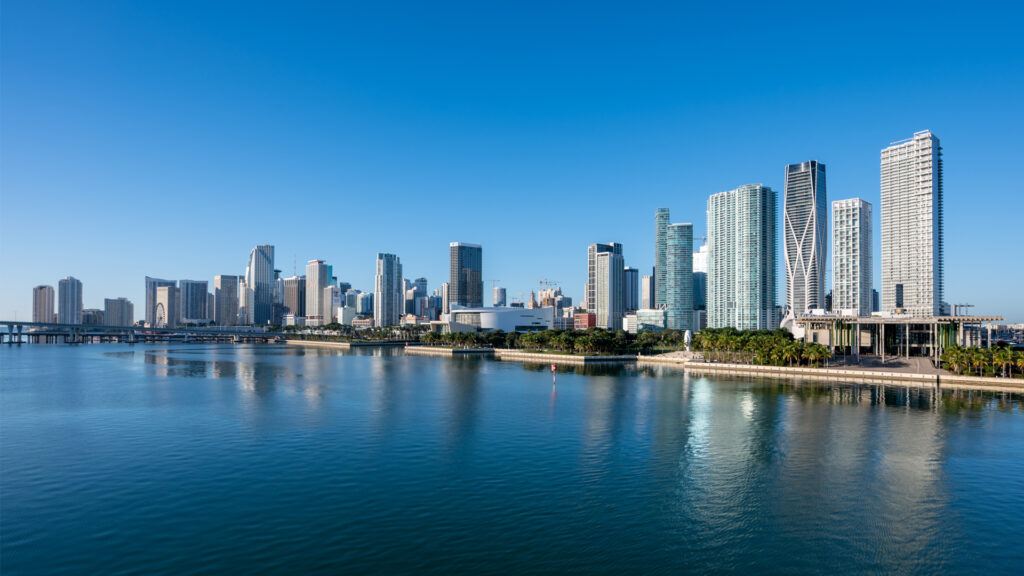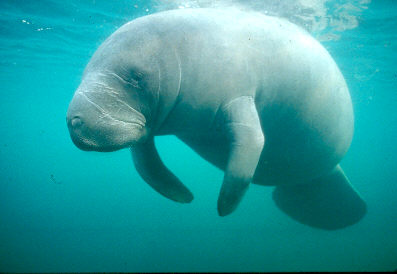By Julia Wester, University of Miami
Residents of Miami-Dade County appreciate Biscayne Bay for its ecological, cultural, recreational and economic offerings, but they see the estuary as “moderately healthy” – despite a significant decline in water quality and habitat health in recent decades.
That’s according to an online survey of more than 1,000 Miami-Dade residents I conducted in 2022 to understand how locals use, think about and value Biscayne Bay. The bay borders 35 miles of Miami’s coastline and is made up of diverse ecosystems, including mangroves, seagrass beds and coral reefs.
I research public attitudes toward the environment, and I currently work with an interdisciplinary team of scientists who analyze the health and composition of local marine ecosystems. We spend more than 100 days a year on Biscayne Bay.

My survey findings reveal that Miami residents interact with Biscayne Bay regularly and in a variety of ways. Residents spend time on the beach, out on the water boating, and fishing for both food and fun.
Respondents were concerned about a range of threats to the bay. However, highly visible impacts like plastic pollution were much more worrisome to them than less discernible or slower-moving threats, such as persistent algal blooms. Participants were also more troubled by loss of coral reefs than loss of less popular habitats such as seagrass.
While plastic pollution and coral reef loss are indeed concerning, algal blooms and seagrass loss also represent a fundamental shift in the makeup and health of the bay.
Overall, my research found that support for local policy actions to protect and restore the bay was extremely high. Such policy actions include new regulations on fishing and pollution from septic tanks and fertilizers, greater public investment in water treatment infrastructure and direct efforts to restore ecosystems.
Every policy option listed on my survey had an average rating between four and five on a five-point scale, where four corresponded to “support” and five corresponded to “strongly support.” Importantly, this support was high regardless of political party affiliation.
Why it matters

Biscayne Bay is home to more than 30 endangered species or species of special concern, such as the smalltooth sawfish and the West Indian manatee. It is also home to more than 100 species important to recreational and commercial fisheries.
A 2019 government report describes Biscayne Bay as being “at a tipping point.” It has experienced dramatic declines in water quality – due to pollution from sewage, fertilizers and other sources – and major die-offs of fish and seagrass beds since the 1990s.
Miami is on the front line of emerging issues facing coastal urban communities around the globe – from sea-level rise to overfishing. In order to make effective management decisions regarding Biscayne Bay, local policymakers need a clear understanding of how the public perceives and interacts with its resources and what is important to them. This knowledge can help them prioritize actions and better understand potential consequences of policy decisions.
What’s next
My findings could provide a road map for other coastal communities that want to explore local sentiments in order to improve conservation efforts. Approximately 40% of the global population lives in the 5% of land located within 100 kilometers (62 miles) of a coastline.
While I found that the public is supportive of new efforts to protect and restore Biscayne Bay, public outreach may be needed to make the impacts of new laws clear. This includes educating locals about the degree to which the bay’s health has declined, the importance of mangroves and seagrasses, and how choices made on land affect habitats in the water.
My research now includes working with local environmental and community organizations to understand grassroots public engagement with the local political process. I hope to understand how local groups are collaborating – or failing to collaborate – in their advocacy efforts to protect and restore Biscayne Bay, and how their work affects civic engagement.
The Research Brief is a short take on interesting academic work. Julia Wester is a lecturer in ecosystem science and policy at the University of Miami.
This article is republished from The Conversation under a Creative Commons license. Read the original article.
Sign up for The Invading Sea newsletter by visiting here. If you are interested in submitting an opinion piece to The Invading Sea, email Editor Nathan Crabbe at ncrabbe@fau.edu.



